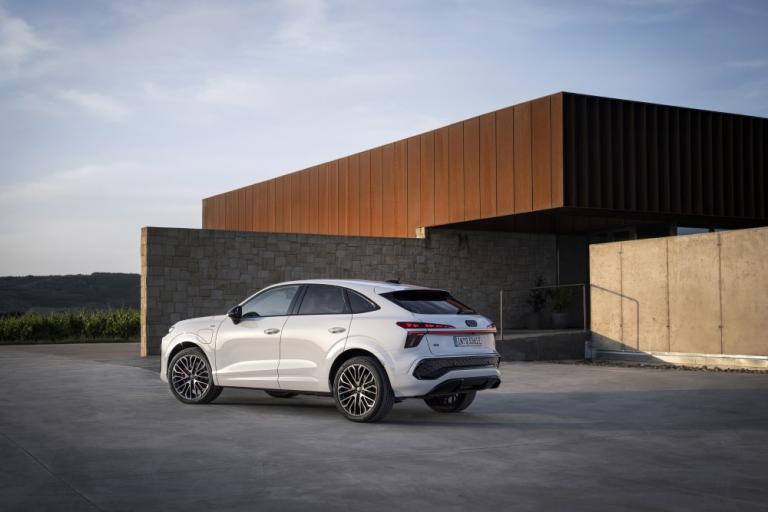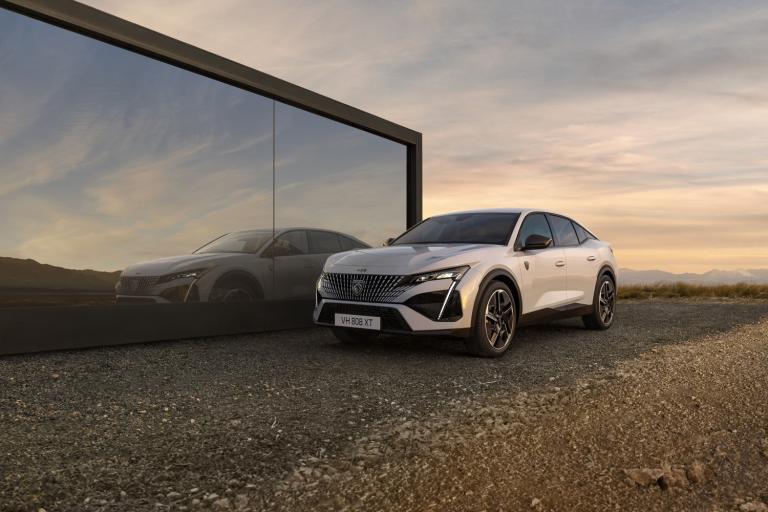Renault’s latest EV: the Zoe 50
Published on 13 June, 2020
Renault’s revamped EV gets a bigger battery and more reliable readouts
Overview
A few years ago, I lost what felt like 10kg in one afternoon from sweat and worry about having enough charge in the electric car I was testing. I'll never forget the sense of dread and lower-abdomen tightening when the remaining charge dial dipped like an arrow falling to ground far from its target.
I was attempting to drive from Dublin to Connemara by using public charging points en route, and boosting overnight at the famous Twelve Hotel.
I got there an old man but managed to shed most of the years on the return journey as I was more familiar with it. But it was unsettling. I later endured similar symptoms with a newer version of the car when daring to cross the country on just the one charge.
In both cases, I was driving the older generations of Renault's Zoe EV.
Last week, I picked up the most recent manifestation of the electric hatch, which they claim has longer range. Before telling you how I got on, let me first give you a few facts abou the new car.
This particular version, the Zoe 50, has a bigger, more powerful battery pack (52kWh) which gives it a claimed range of 395km.
Apart from the significant technical step-ups, Renault has given the cabin a major upgrade. The previous interior was dowdy. All of a sudden, this is a more complete car with decent-quality materials as well as improved instrumentation. I suppose they can argue that justifies the €1,400 increase in entry-level price.
There were still elements I didn't like. There is an appearance of great cabin space but rear-seat headroom is really poor for anyone over 5ft 10in; getting into the back was difficult for me.
Yet, the rear seats folded well and, with a bit of jiggling and joggling, it was possible to transport of the lengthy, non-mattress, parts of a double bed (don't ask) plus headboard.
With or without the bed, I had to vigorously stab the accelerator to get quick off-the-mark response and mid-range pick up. The power was there, all right, but I had to work for it.
The main crib, however, had to do with the infuriating new s-shifter (gear stick) which replaces the old mechanical lever. Among its functions is the facility to select Drive (D) and Boost (B) for regenerative deceleration. You can switch between each with a nudge.
The problem arose when trying to find neutral (N); several times I slipped into reverse. It left me feeling a tad uncomfortable. It is something they need to address. Maybe they should look at having little paddle-buttons on the steering wheel for switching between D and B modes. I found it a bit counterproductive having take my hand off the wheel to switch.
And so to my drives. The car is set up with the suspension that bit tauter - it definitely aided handling. However, the tyres resonated a bit on coarser surfaces and I would have liked a slightly softer ride. On good roads, I had absolutely no complaints; it was excellent. Indeed, I'd use a cliché and say it felt and drove like a bigger car.
I found myself enjoying it a lot: there was great steering feedback and a directness I enjoyed. It's quite an attractive package. I like the look of it, too; relatively small exterior tweaks serve their purpose well.
The big question, of course, was how it metered out power. On a thorough mix of drives, I found it especially accurate displaying how much was left in the 'tank'. I do believe it capable of going a long way towards the claimed 395km range. Mind you, I drove it (most of the time) as I have learned to drive electric cars and plug-ins: not hard or harshly and using the regenerative energies of deceleration and braking.
In the real world, with a typical 7kW charger, it takes 9 hours 25 minutes to fill up at home. Energy for around 300km of range can be fed in just 8 hours. To charge it at home on a night-rate tariff for 300km would typically cost about €5. Even with lower petrol and diesel costs nowadays, you are still talking of electricity being a minimum €10 cheaper for 300km; realistically a good deal more. The gap would narrow with a public charging cost factored in but would still be considerable. By the way, this new version can use a fast 50kW direct current (DC) which can add 145km in 30 minutes.
No wonder I enjoyed my time and had absolutely no anxiety over making it back or to the next charging station. This car can (mostly) do what it says it can and I found that to be greatly reassuring. It's well worth a test drive.
Renault Zoe 50 electric hatch:
From €26,990 for R110 Play (110hp); €28,990 for R110 Iconic (110hp), €30,990 for R135 (135hp); €34,990 for GT Line. VRT rebate, SEAI grant (total €10,000) included. New 10in TFT instrument cluster; Apple CarPlay/Android Auto, full LED headlamps, new interior, cruise control, traffic sign recognition, parking sensors/reverse camera, spread of comfort/safety items.
Latest Reviews

Leapmotor T03 EV launches in Ireland this October from €18,950 with 265km range

All-New Audi Q3: Sporty, Smart & Built for Everyday Life

Peugeot E-408 lands in Ireland: 453km electric fastback from €38,995